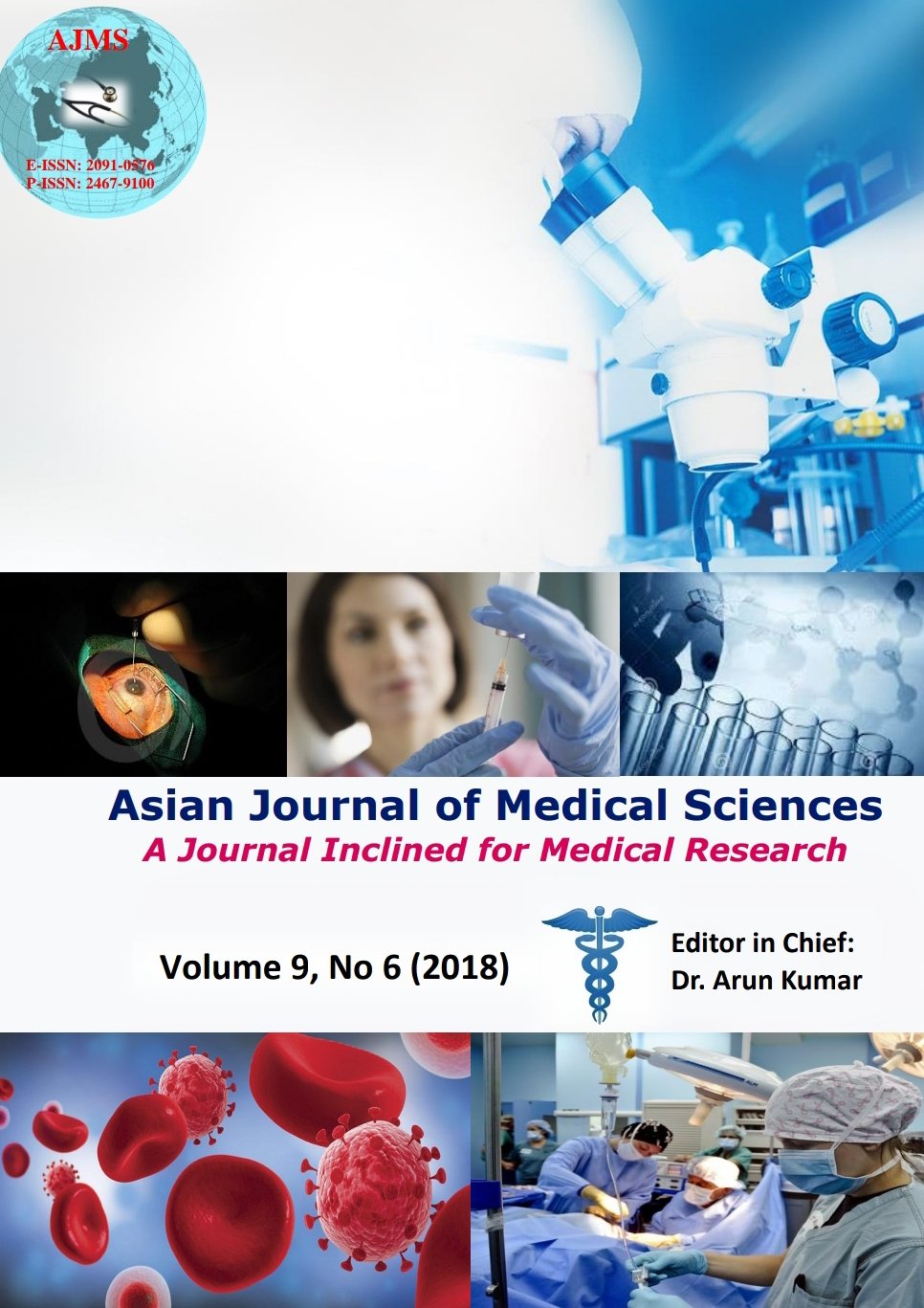Genitourinary fistulas experience in a tertiary hospital in North-Western Nigeria
Keywords:
Genitourinary fistulas, Obstetric, Iatrogenic, PatientsAbstract
Background: Genitourinary fistulas are devastating, with obstetric fistula being the most common type and a major public health problem in the developing world.
Aims and Objectives: This study was designed with an aim to determine the epidemiology of genitourinary fistulas in our centre.
Materials and Methods: A 5 year (1st January 2013 to 31st December 2017) retrospective review based on data extracted from the case files of patients managed for gynecological fistulas at the Usmanu Danfodiyo University Teaching Hospital (UDUTH), Sokoto, North-Western Nigeria, was conducted. A proforma was used to extract data on the research variables. Data were analyzed using IBM SPSS version 24 computer statistical software package.
Results: A total of 52 patients with genitourinary fistulas were managed in the period under review. The mean age of the patients was 28.25 ± 10.0 years, and majority of them (65.4%) were aged less than 30 years. Most of them (94.2%) had no formal education, and were full-time housewives (98.1%). Majority of the fistulas (69.2%) were due to prolonged obstructed labor, and close to a quarter of fistulas (23.1%) were of iatrogenic origin. About a third of patients (32.7%) have had at least a previous fistula repair. Most of them (92.3%) had surgical repair done, and it was successful in 65.4% of cases.
Conclusion: Although, the genitourinary fistulas in this study were majorly of obstetric origin, a relatively high proportion of cases were of iatrogenic origin. Government should provide universal access to timely and appropriate obstetric care, and also empower women.
Asian Journal of Medical Sciences Vol.9(6) 2018 31-36
Downloads
Downloads
Additional Files
Published
How to Cite
Issue
Section
License
Authors who publish with this journal agree to the following terms:
- The journal holds copyright and publishes the work under a Creative Commons CC-BY-NC license that permits use, distribution and reprduction in any medium, provided the original work is properly cited and is not used for commercial purposes. The journal should be recognised as the original publisher of this work.
- Authors are able to enter into separate, additional contractual arrangements for the non-exclusive distribution of the journal's published version of the work (e.g., post it to an institutional repository or publish it in a book), with an acknowledgement of its initial publication in this journal.
- Authors are permitted and encouraged to post their work online (e.g., in institutional repositories or on their website) prior to and during the submission process, as it can lead to productive exchanges, as well as earlier and greater citation of published work (See The Effect of Open Access).




